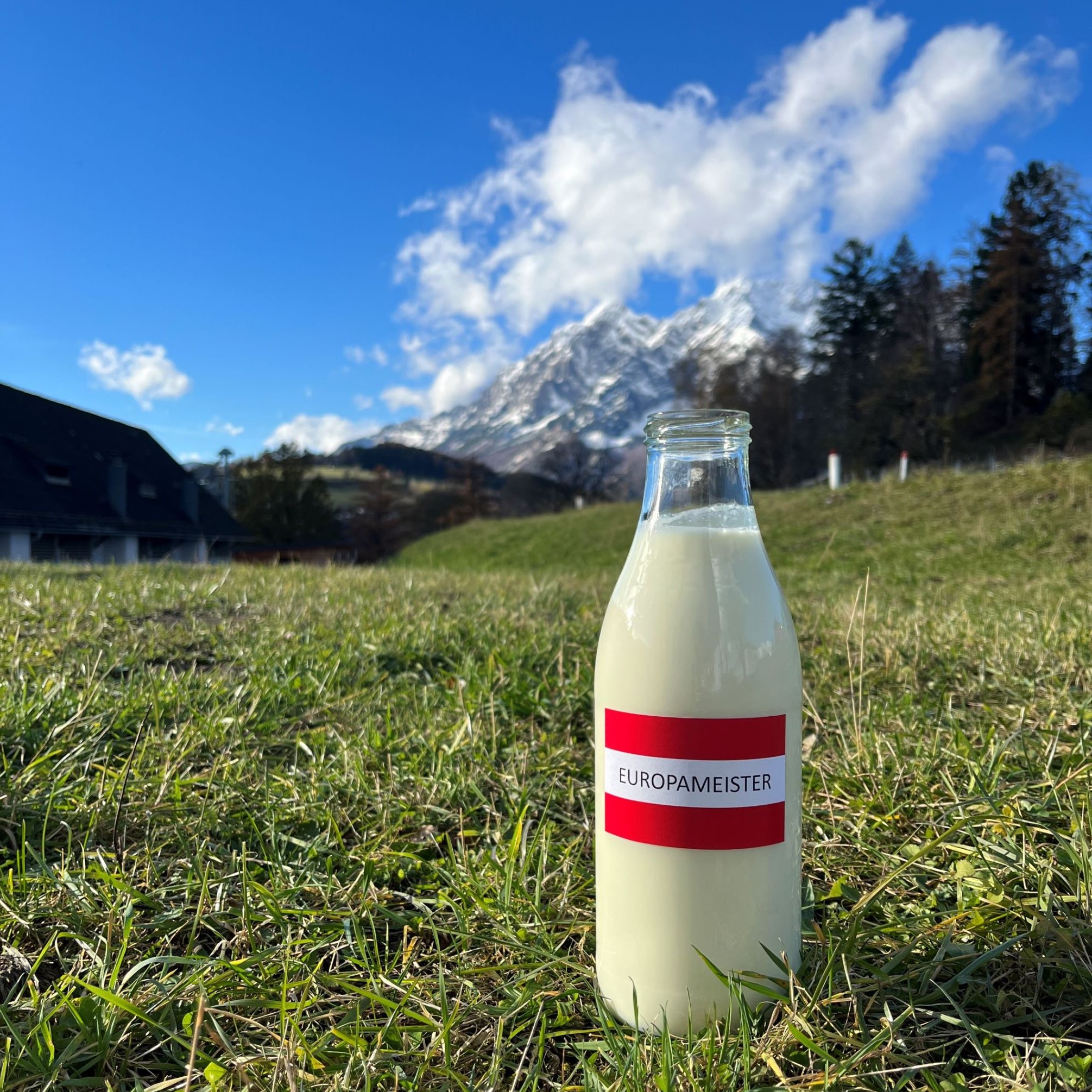In the project, 14 parameters from the areas of resource-related, nutrient-related, climate-related and pollutant-related environmental impacts were calculated. One kg of FPCM and one ha were used as reference values. farm management tool FarmLife ( HERNDL et al. 2016) was used for the calculation Its results were determined in accordance with ISO 14044 (ISO, 2006) and then adapted to the specifics of IDF 479/2015 (IDF, 2015). From the results of the individual companies, a comprehensive forecast model consisting of 42 linear regressions was developed after a classification into location types (mountains, hills, valleys) and delivery performance classes. all dairy farms in Austria using INVEKOS data from 2022 .
The results were reported separately for conventional and organic milk, but also for all milk. On average across all types of milk and location types, the following environmental impacts were calculated for the production of 1 kg of FPCM at the farm gate: Non-renewable energy 2.2 MJ; Phosphorus consumption 0.34 g; Land management 1.4 m²; Blue water 2.5(+5) liters; deforested forest 1.7 cm²; Exergy 34 MJ, nitrogen input into water 5.0 g Ne; Phosphorus input into water 68 mg Pe; Global warming potential (GWP) 0.99 kg CO2e100; Warming potential (GTP) 0.36 kg CO2e100; Aquatic ecotoxicity 13.04 g 1,4‑DBE, Terrestrial ecotoxicity 0.51 g 1,4‑DBE.
The classification of the results in a collection of international studies gives milk from Austria a very positive result . It is very likely that no other country in the European production area can match Austria's values.






